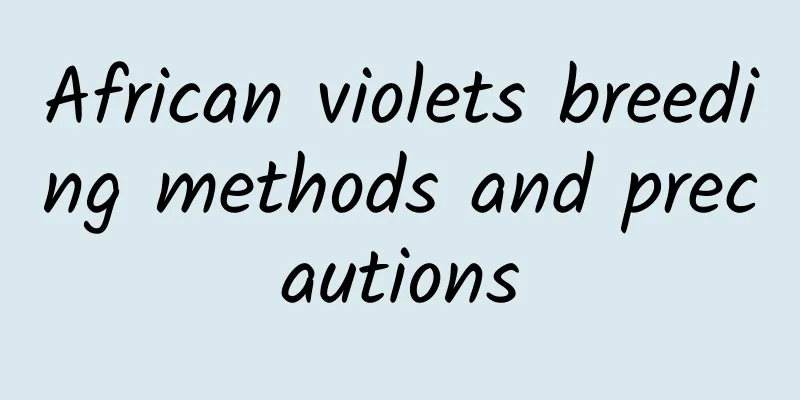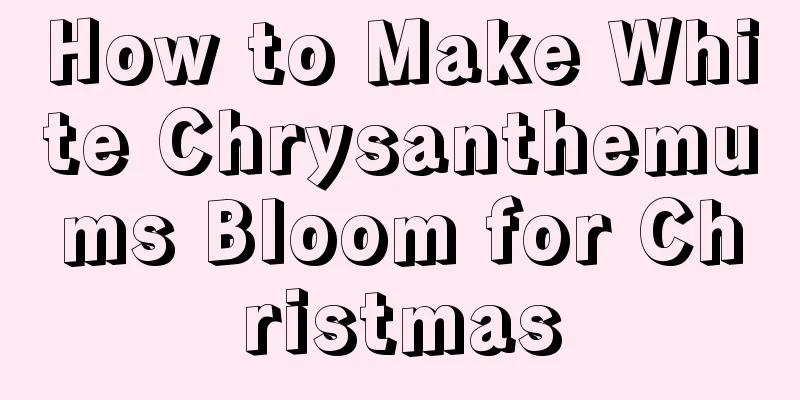How to grow pearl bush

1. Maintenance methods1. Temperature: Pearl bush likes warmth. Specifically, between 22 and 30 degrees is the most suitable. It has a certain degree of cold resistance. Therefore, when raising fish in the south, there is generally no need to protect them from the cold. However, when raising it in the north, it is best to move it indoors in the winter. Better not to go below zero. 2. Light: Pearl bush is a plant that likes light, but it is also shade-tolerant. However, this does not mean that it can be placed in a dark place for a long time, as this will affect its flowering. In addition, strong light is not suitable for it. It is best to avoid strong light and have appropriate lighting. 3. Watering: Because pearl bush is afraid of waterlogging, it is best to add water in moderation. During its growth stage, just make sure the soil in the pot is not too dry. In winter, you need to control water and keep the soil slightly dry. 4. Soil: Pearl bush has main requirements on nutrition and drainage. Generally speaking, sandy soil is the most suitable. 2. Breeding techniques1. Pruning: Pruning is a very important step in the maintenance of pearl bush. Moreover, it is also very resistant to pruning. Normally, the main thing to do is prune its branches, and cut off the branches that affect the appearance or hinder the growth. In addition, after flowering, the withered flowers should be cut off in time. After the flowering period is over, prune the branches. 2. Reproduction: Reproduction by division is the most common method. It is best to do so in March or April, or during retrograde periods. Choose strong and vigorous mother plants. Each mother plant can be divided into five to seven parts and then planted separately. After planting, ensure the humidity is appropriate. After about a week, the plants will be able to acclimate to the environment. 3. Problem diagnosis and treatment1. Disease: Powdery mildew may occur. When it occurs, the symptom is some white powder appearing on the leaves. The disease will cause the leaves to curl and flowering will also be affected. Methyl thiophanate can be used for prevention and treatment, and the infected parts should be cut off in time. 2. Pests: There may be "chafers" that threaten leaves and flowers. It can be eliminated by using omethoate. IV. Other issues1. Toxicity: It has certain toxicity. 2. Flower language: Its flower language is mainly "hard work". Can be given to friends as encouragement. |
<<: A complete guide to growing boxwood
Recommend
Nine out of ten roses will die. Make your own insecticide in one second and get rid of all the red spider mites and aphids!
Aphids, spider mites aphid Aphids are also called...
Does “Kalanchoe” bloom less in winter? Teach you these "4 tricks", the flower buds can't be stopped
Proper topping If you want the Kalanchoe to have ...
What flowers are suitable for growing in Hangzhou? What are the city flowers and trees?
1. Climate characteristics of Hangzhou Hangzhou h...
What are tropical flowers?
1. Vinca roseus Catharanthus roseus is a common t...
Before winter, these 3 kinds of flowers should be planted by cuttings now, so that they will bloom one after another next year!
No matter what kind of plants you plant, daily ma...
Is Green Apple Arrowroot Toxic?
1. Is it toxic? Generally speaking, plants in the...
Canna Pests and Control Methods
Canna Pests: Leaf Rollers symptom In summer and a...
How to deal with crabapple after flowering
Begonia post-flowering treatment 1. Pruning Begon...
Which plants can be hybridized with Teyulian
Te Yulian + Jin Huangxing This hybrid plant inher...
How to propagate pearl orange and how long can it last
1. How to propagate pearl orange 1. Prepare the s...
When does the half-branch lotus sow and bloom?
When to sow the bark lotus When can the barbata l...
Is it good for pregnant women to eat coriander? What are the benefits of coriander?
1. It is not good for pregnant women to eat coria...
What flowers are suitable for growing in Putian? What are the city flowers and trees?
1. Climate characteristics of Putian Putian has a...
"Balcony vegetable growing video" sweet potato leaves
Video on how to grow sweet potato leaves If you w...
Clivia Price
1. Price Compared with other flowers, Clivia is r...









